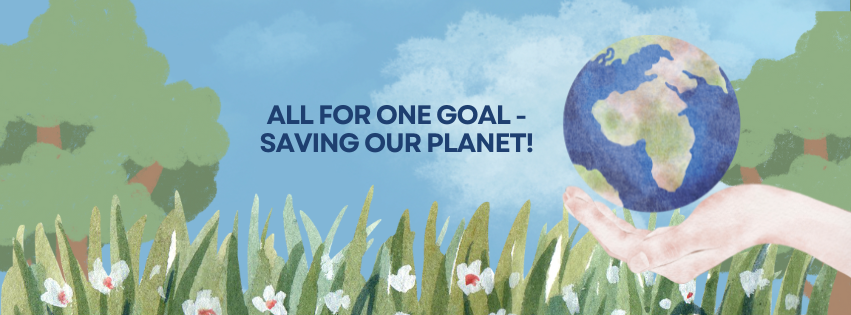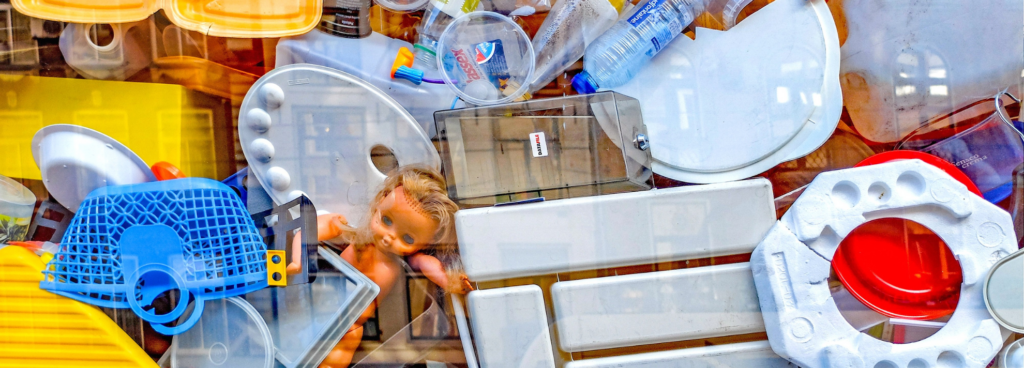The Holistic Impact of Upcycling: A Blueprint for Planetary Regeneration

The Holistic Impact of Upcycling: A Blueprint for Planetary Regeneration
In the quest for sustainability, upcycling emerges as a holistic solution that transcends mere waste reduction. By reimagining the lifecycle of materials, upcycling offers a multifaceted approach to saving our planet Earth. From environmental conservation to social empowerment, its ripple effects extend far beyond the realm of resource management, fostering a paradigm shift towards regeneration.
Environmental Conservation: At its core, upcycling is a potent antidote to the environmental ravages of consumerism. By diverting materials from landfills and incinerators, it mitigates the pollution and greenhouse gas emissions associated with waste disposal. For instance, repurposing discarded plastic bottles into durable tote bags or innovative building materials prevents them from languishing in oceans or clogging landfills, thus safeguarding fragile ecosystems and reducing our carbon footprint.
Resource Preservation: In a world grappling with finite resources, upcycling unlocks the latent value of existing materials, sparing virgin resources from depletion. Consider the transformation of reclaimed wood into elegant furniture or obsolete electronics into intricate artworks. By extending the lifespan of these materials through upcycling, we alleviate the strain on forests, mines, and energy reserves, paving the way for a more sustainable future.
Community Empowerment: Beyond its environmental merits, upcycling fosters social cohesion and economic resilience within communities. Local artisans and entrepreneurs often spearhead upcycling initiatives, breathing new life into neglected materials while creating meaningful livelihoods. For instance, grassroots organizations empower marginalized populations by training them in upcycling techniques, enabling them to generate income and build self-sufficiency. Moreover, upcycling workshops and initiatives cultivate a culture of creativity and resourcefulness, empowering individuals to envision a world where waste is a valuable resource rather than a burden.
Cultural Preservation: Upcycling serves as a custodian of cultural heritage, preserving traditional craftsmanship and indigenous knowledge in an age of mass production. By infusing discarded materials with cultural symbolism and craftsmanship, artisans weave narratives that celebrate the rich tapestry of human history. For example, upcycled textiles adorned with intricate embroidery or indigenous motifs not only honor ancestral traditions but also provide a sustainable alternative to fast fashion, thus preserving cultural identity while reducing environmental harm.
Educational Catalyst: Lastly, upcycling acts as a catalyst for environmental education and awareness, inspiring individuals of all ages to adopt more sustainable lifestyles. Through hands-on workshops, educational campaigns, and interactive exhibits, upcycling initiatives demystify the principles of waste reduction and resource conservation, empowering citizens to become agents of change in their communities. By instilling a sense of environmental stewardship and creativity, upcycling cultivates a generation of conscious consumers who view waste not as a burden, but as an opportunity for innovation and regeneration.
In essence, upcycling transcends the confines of conventional sustainability practices, embodying a holistic ethos that encompasses environmental, social, and cultural dimensions. By embracing the transformative power of upcycling, we embark on a journey towards planetary regeneration, where waste becomes a catalyst for innovation, communities thrive, and the Earth flourishes in all its diversity and resilience.





Responses